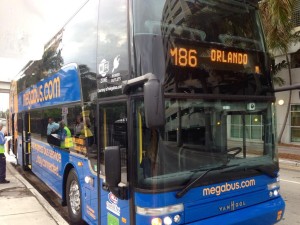Boulder Bike Story from Bikes Belong on Vimeo.
As biking continues to grow in popularity, a new report is adding to the list of reasons why cities should step up their efforts to accommodate cyclists. Researchers at the University of Colorado Denver found that as more bikes hit the streets the number of collisions goes down.
The study focused on Boulder, Colo., because of its high biking population and because the city has been performing bike counts for more than a decade. Wesley Marshall, an assistant professor of civil engineer at CU Denver, told Curbing Cars that once intersections began seeing upwards of 200 bicyclists a day, the number of collisions began to drop.
“It’s interesting because you see the same affect with other modes of transportation too,” said Marshall, a co-author of the study. “If you have more cars going through, it is sort of safer per car.”
It may seem counter intuitive that as an intersection has more moving parts, the number of incidents would go down. While the CU Denver study did not look into the reasons why incidents were reduced, Marshall provided some possible explanations.
“If you’re in a city that has bikers everywhere, as a driver you expect to see them,” he said. Continue reading









